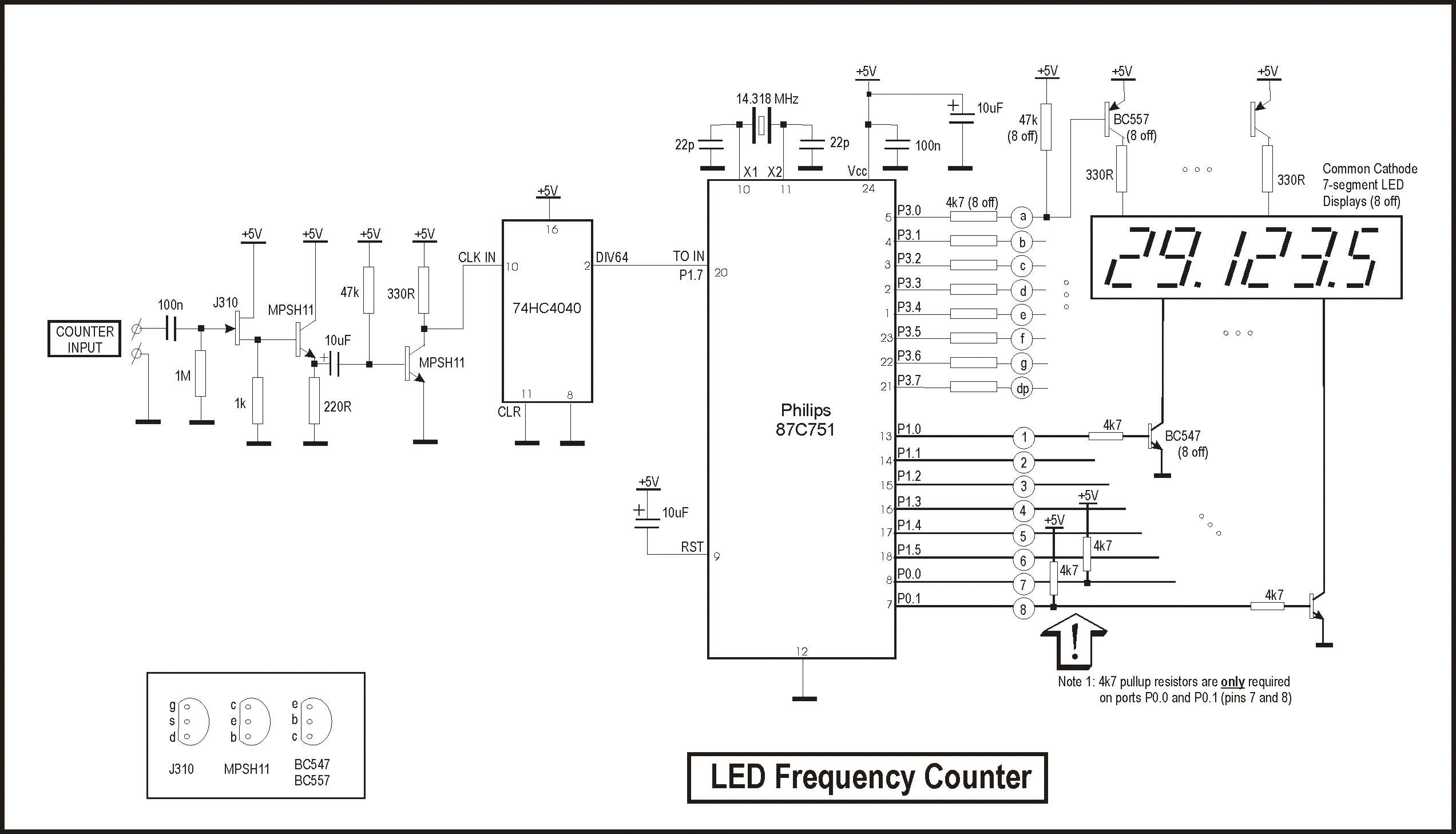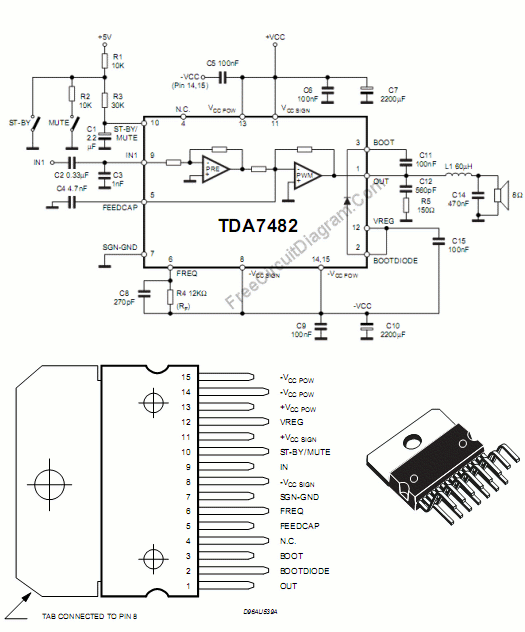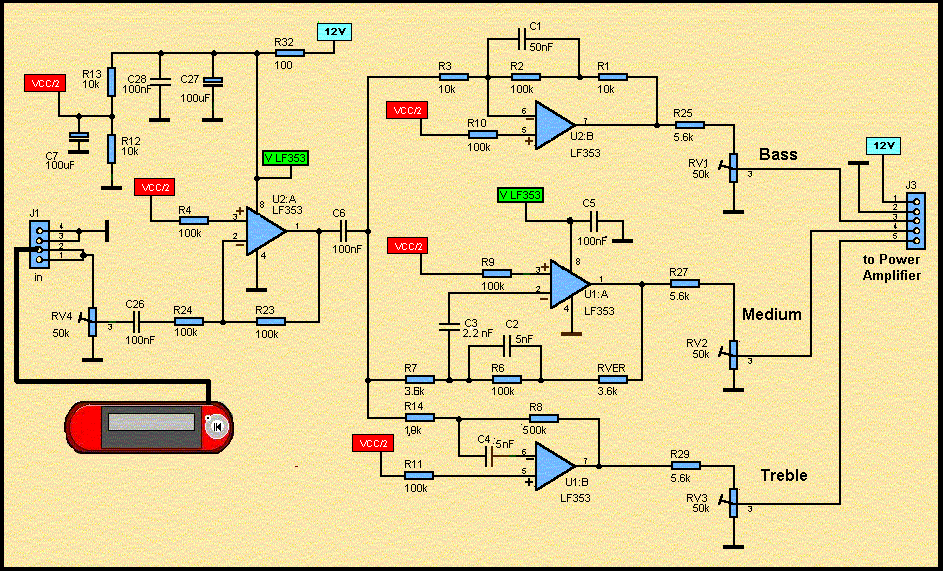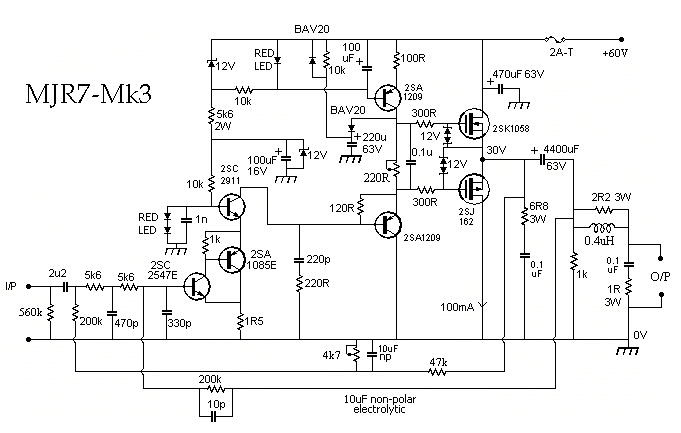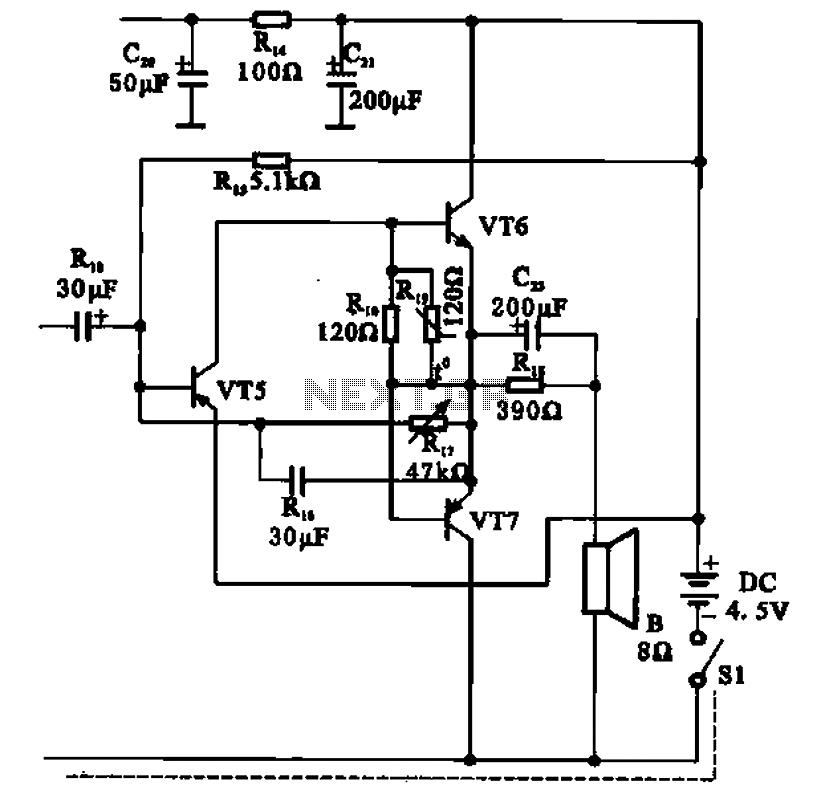
Quadraphonic Amplifier
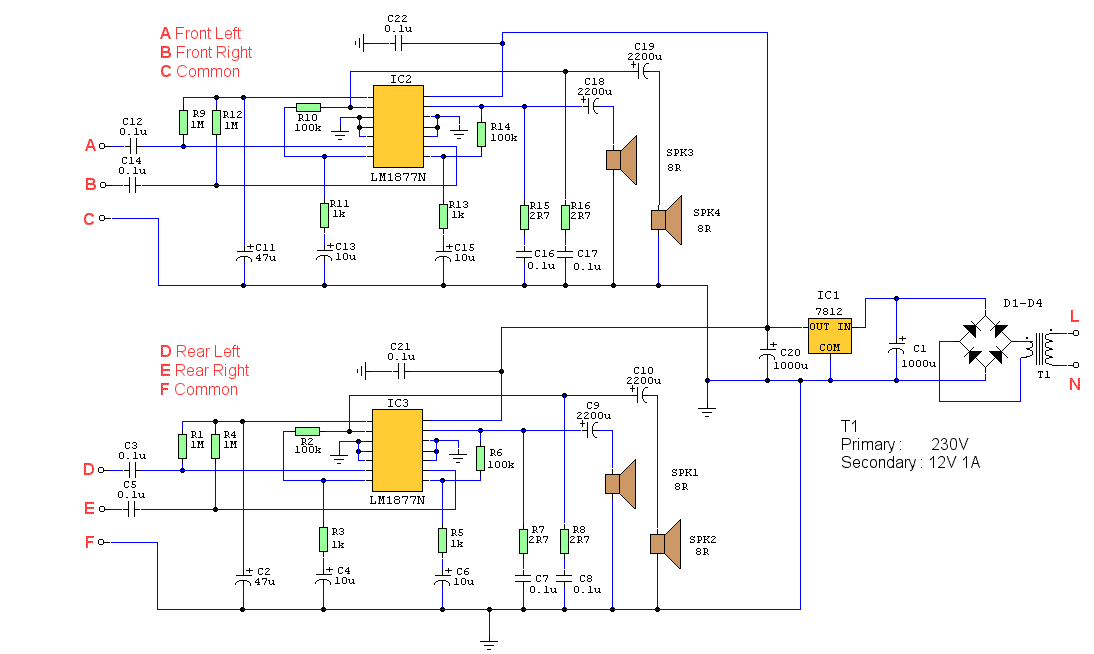
This is a four-channel amplifier designed for use with quadraphonic equipment, such as a Sound Blaster Live card. There is no volume control; audio levels are managed directly by the sound card. The construction is straightforward and suitable for Veroboard. Overall gain is determined by the resistor ratios R14/R13 and R6/R5. When used with small hi-fi speakers, the volume proved too loud for a typical room, prompting a reduction of R14 and R6 to 33k. The Zobel network, consisting of R7, C7, R8, C8, R15, C16, R16, and C17, prevents instability that can arise with long speaker wires. The input impedance is high at 1M, which may lead to noise pickup if long input cables are used. Therefore, screened cables are recommended. In this setup, 10k resistors were employed between points A & C, B & C, D & F, and E & F to provide a DC path to ground and enhance noise immunity. If instability occurs, sound distortion may be noticed, and the LM1877N may become hot to the touch. The back of a Sound Blaster Live card features color-coded 3.5mm stereo jacks, with the normal output connector being green and the rear speaker connector black. Creative provides utilities and a sound mixer for Windows, while under Linux, the utility Gamix can be used for independent volume control across all channels.
This four-channel amplifier circuit is engineered to interface seamlessly with quadraphonic sound systems, particularly those utilizing the Sound Blaster Live card. The absence of an onboard volume control necessitates that all audio levels be adjusted through the sound card, streamlining the design but requiring careful calibration of the amplifier's gain settings.
The amplifier's gain is adjustable via the resistor pairs R14/R13 and R6/R5. These resistors can be modified to suit specific listening environments; for instance, reducing their values to 33k has been effective in mitigating excessive loudness when paired with smaller hi-fi speakers.
To ensure stability during operation, particularly when driving longer speaker cables, a Zobel network comprising resistors R7, R8, R15, C7, C8, C16, and C17 is integrated into the circuit. This network plays a critical role in damping potential oscillations that could lead to distortion or amplifier overheating, particularly in configurations with extended wiring.
The design features a high input impedance of 1M, which, while beneficial for minimizing loading on preceding circuitry, poses a risk of noise interference if lengthy input cables are employed. To counteract this, the use of shielded cables is advised. Additionally, the inclusion of 10k resistors between designated points (A & C, B & C, D & F, E & F) establishes a DC ground path, enhancing the overall noise immunity of the amplifier.
In the event of instability, audible distortion may manifest, and the LM1877N integrated circuit may exhibit increased thermal output, indicating a potential need for circuit adjustment or component replacement.
Connectivity is facilitated through the color-coded 3.5mm stereo jacks located at the rear of the Sound Blaster Live card, with clear markings aiding in the identification of each output. The standard output is designated by a green jack, while the rear speaker output is marked in black. For software control, Creative provides dedicated utilities for Windows systems, whereas Linux users can utilize the Gamix utility, which provides independent volume control for each channel, ensuring a tailored audio experience.This is a four channel amplifier ideally suited for use with quadraphonic equipment such as a Sound Blaster Live card. There is no volume control, audio levels being directly controlled from the sound card itself. Construction is straight forward and is suitable for Veroboard. Overall gain is controlled by the ratio R14/R13 and R6/R5. Used with sma ll hi-fi speakers the volume was too loud for my room so I reduced R14 and R6 to 33k. The zobel network formed by R7, C7, R8, C8, R15, C16, R16, C17 prevents instability which can happen with long speaker wires. The input impedance is high, 1M and if very long input cables are present could pick up noise. Screened cable should be used, in my case I used 10k resistors between points A & C, B & C, D & F, E & F.
This provides a DC path to ground and higher noise immunity. If instability does occur, then you will notice sound distortion and the LM1877N will become hot to touch. The back of a sound blaster live card has colour coded 3. 5mm stereo jacks. The image below shows a close up of the rear of my Sound Blaster Live card. As well as colour coding, each connector has an appropriate marking, for easy connectivity. The normal output connector is green and the rear speaker connector is black. Creative provide utilities and sound mixer for use with Windows. Under Linux the utility Gamix can be used, which allows independent volume control for all channels. 🔗 External reference
This four-channel amplifier circuit is engineered to interface seamlessly with quadraphonic sound systems, particularly those utilizing the Sound Blaster Live card. The absence of an onboard volume control necessitates that all audio levels be adjusted through the sound card, streamlining the design but requiring careful calibration of the amplifier's gain settings.
The amplifier's gain is adjustable via the resistor pairs R14/R13 and R6/R5. These resistors can be modified to suit specific listening environments; for instance, reducing their values to 33k has been effective in mitigating excessive loudness when paired with smaller hi-fi speakers.
To ensure stability during operation, particularly when driving longer speaker cables, a Zobel network comprising resistors R7, R8, R15, C7, C8, C16, and C17 is integrated into the circuit. This network plays a critical role in damping potential oscillations that could lead to distortion or amplifier overheating, particularly in configurations with extended wiring.
The design features a high input impedance of 1M, which, while beneficial for minimizing loading on preceding circuitry, poses a risk of noise interference if lengthy input cables are employed. To counteract this, the use of shielded cables is advised. Additionally, the inclusion of 10k resistors between designated points (A & C, B & C, D & F, E & F) establishes a DC ground path, enhancing the overall noise immunity of the amplifier.
In the event of instability, audible distortion may manifest, and the LM1877N integrated circuit may exhibit increased thermal output, indicating a potential need for circuit adjustment or component replacement.
Connectivity is facilitated through the color-coded 3.5mm stereo jacks located at the rear of the Sound Blaster Live card, with clear markings aiding in the identification of each output. The standard output is designated by a green jack, while the rear speaker output is marked in black. For software control, Creative provides dedicated utilities for Windows systems, whereas Linux users can utilize the Gamix utility, which provides independent volume control for each channel, ensuring a tailored audio experience.This is a four channel amplifier ideally suited for use with quadraphonic equipment such as a Sound Blaster Live card. There is no volume control, audio levels being directly controlled from the sound card itself. Construction is straight forward and is suitable for Veroboard. Overall gain is controlled by the ratio R14/R13 and R6/R5. Used with sma ll hi-fi speakers the volume was too loud for my room so I reduced R14 and R6 to 33k. The zobel network formed by R7, C7, R8, C8, R15, C16, R16, C17 prevents instability which can happen with long speaker wires. The input impedance is high, 1M and if very long input cables are present could pick up noise. Screened cable should be used, in my case I used 10k resistors between points A & C, B & C, D & F, E & F.
This provides a DC path to ground and higher noise immunity. If instability does occur, then you will notice sound distortion and the LM1877N will become hot to touch. The back of a sound blaster live card has colour coded 3. 5mm stereo jacks. The image below shows a close up of the rear of my Sound Blaster Live card. As well as colour coding, each connector has an appropriate marking, for easy connectivity. The normal output connector is green and the rear speaker connector is black. Creative provide utilities and sound mixer for use with Windows. Under Linux the utility Gamix can be used, which allows independent volume control for all channels. 🔗 External reference
